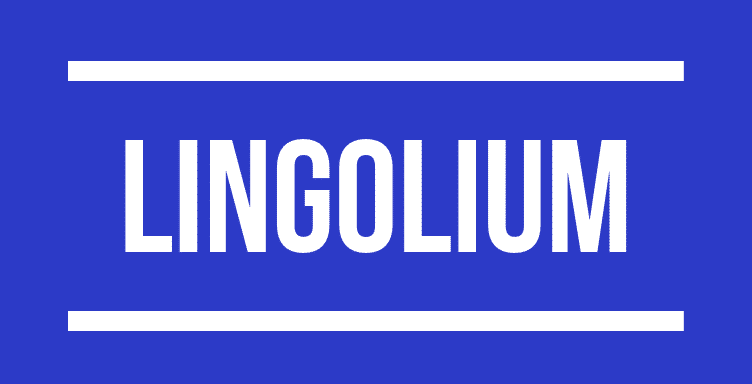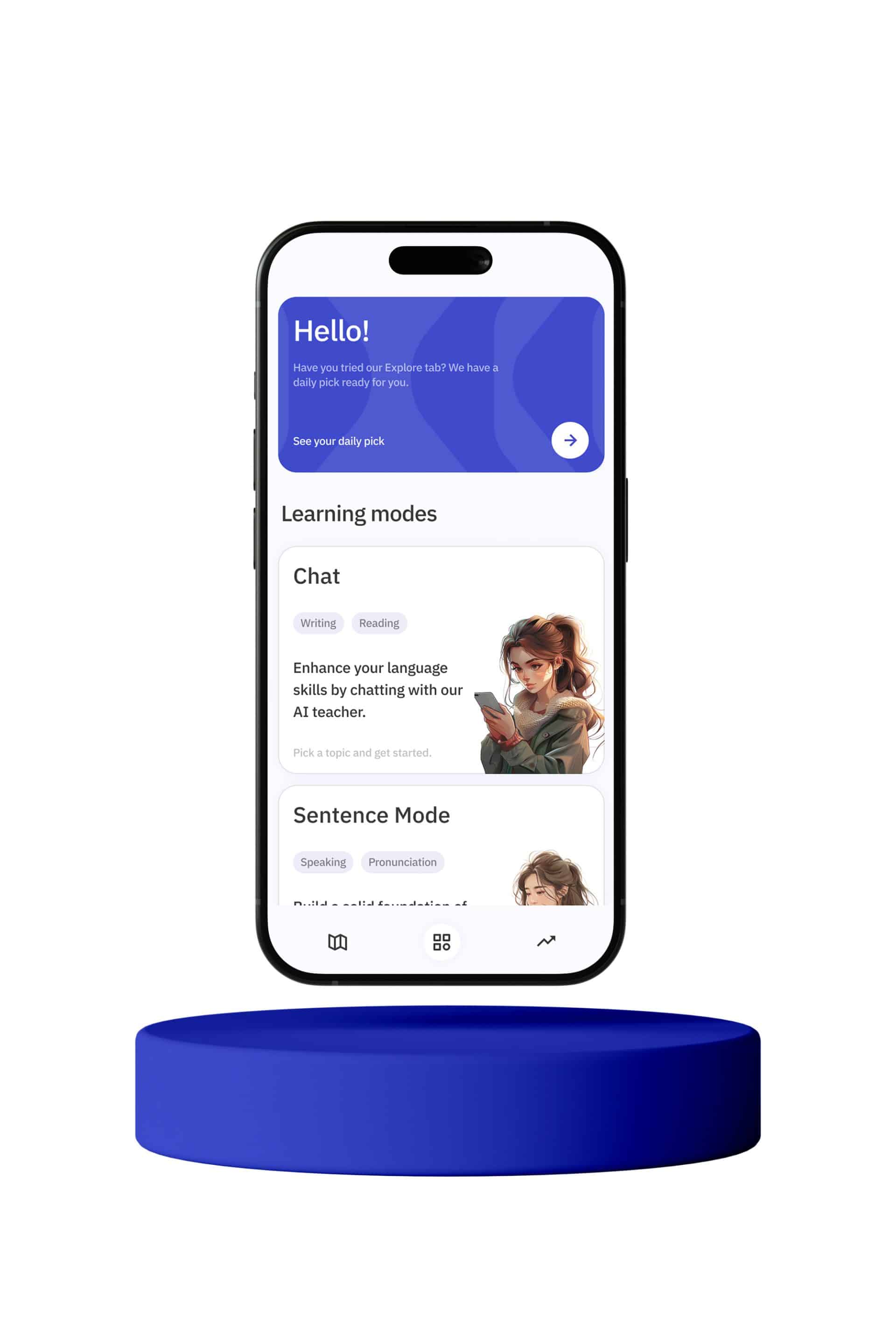When learning Arabic, English speakers often encounter words that seem similar but have distinct meanings. Two such words are طويل (taweel) and عال (a’ali). Both words can translate to “tall” or “high” in English, but their usage in Arabic is context-dependent. Understanding the nuances of these words can significantly improve your language skills and comprehension.
First, let’s delve into طويل (taweel). This word primarily means “tall” or “long.” It’s used to describe physical height or length. For instance, if you want to say someone is tall, you would use طويل (taweel). The same applies if you’re describing an object that is long, such as a road or a book. Here are some examples to illustrate its usage:
1. هذا الرجل طويل (hatha al-rajul taweel): This man is tall.
2. الشارع طويل (al-shari’ taweel): The street is long.
3. الكتاب طويل (al-kitab taweel): The book is long.
In these examples, طويل (taweel) is used to describe the physical length or height of a person or object. It’s important to remember that طويل (taweel) is an adjective, so it must agree in gender and number with the noun it modifies. For example, if you are describing a tall woman, you would say هذه المرأة طويلة (hathihi al-mar’ah taweelah), using the feminine form طويلة (taweelah).
On the other hand, عال (a’ali) primarily means “high” or “elevated.” It’s used to describe something that is positioned at a high level or altitude. This word is particularly useful when talking about mountains, buildings, or levels of difficulty. Here are some examples:
1. الجبل عال (al-jabal a’ali): The mountain is high.
2. البرج عال (al-burj a’ali): The tower is high.
3. المستوى عال (al-mustawa a’ali): The level is high.
Just like طويل (taweel), عال (a’ali) is an adjective and needs to agree in gender and number with the noun it modifies. For a feminine noun, you would use عالية (a’aliyah). For example, if you are describing a high wall, you would say الجدار عالية (al-jidar a’aliyah).
A critical difference between طويل (taweel) and عال (a’ali) lies in their usage. While طويل (taweel) is more about physical dimensions (length or height), عال (a’ali) often implies elevation or a position above a certain point. This distinction is essential when describing objects or scenarios in Arabic.
Let’s consider a few more examples to solidify this understanding:
1. طويل (taweel):
– السور طويل (al-soor taweel): The fence is long.
– الطريق طويل (al-tareeq taweel): The road is long.
– الشجرة طويلة (al-shajarah taweelah): The tree is tall.
2. عال (a’ali):
– السقف عال (al-saqf a’ali): The ceiling is high.
– الطائرة عال (al-ta’irah a’aliyah): The airplane is high (in the sky).
– المبنى عال (al-mabna a’ali): The building is high.
An interesting point to note is that in some cases, English speakers might use “tall” and “high” interchangeably, but in Arabic, you must choose the correct word to convey the right meaning. For example, saying الجبل طويل (al-jabal taweel) would be incorrect because mountains are not described in terms of length but rather elevation.
Moreover, both طويل (taweel) and عال (a’ali) can be used metaphorically. However, the contexts in which they are used can differ. طويل (taweel) can be used to describe something that takes a long time or is extensive in duration:
1. الانتظار طويل (al-intithar taweel): The wait is long.
2. القصة طويلة (al-qissah taweelah): The story is long.
In contrast, عال (a’ali) can describe something that is at a high level, whether it be physical or abstract:
1. الصوت عال (al-sawt a’ali): The sound is high (loud).
2. المستوى العلمي عال (al-mustawa al-‘ilmi a’ali): The academic level is high.
To summarize, understanding the difference between طويل (taweel) and عال (a’ali) is crucial for accurate and effective communication in Arabic. While طويل (taweel) focuses on physical dimensions such as length and height, عال (a’ali) emphasizes elevation or a higher position. Both words are adjectives and must agree in gender and number with the nouns they modify. Additionally, both words can be used metaphorically, but their applications differ significantly.
By mastering these distinctions, you will not only enhance your vocabulary but also gain a deeper understanding of how context shapes meaning in Arabic. This knowledge will undoubtedly make your conversations more precise and meaningful, allowing you to express yourself more clearly and confidently.








